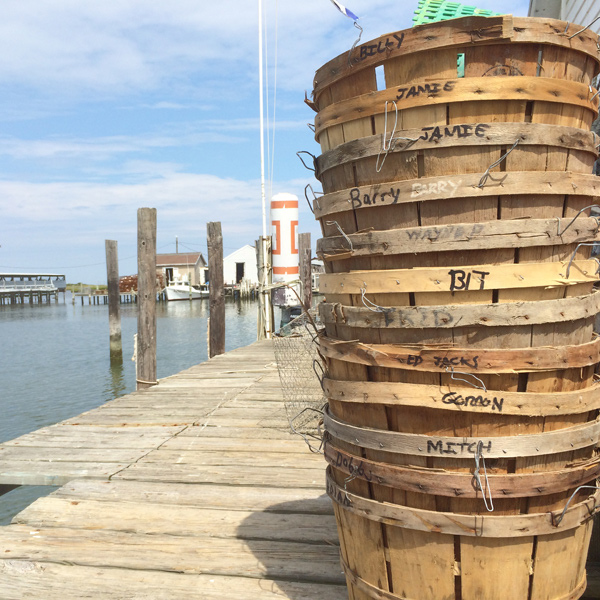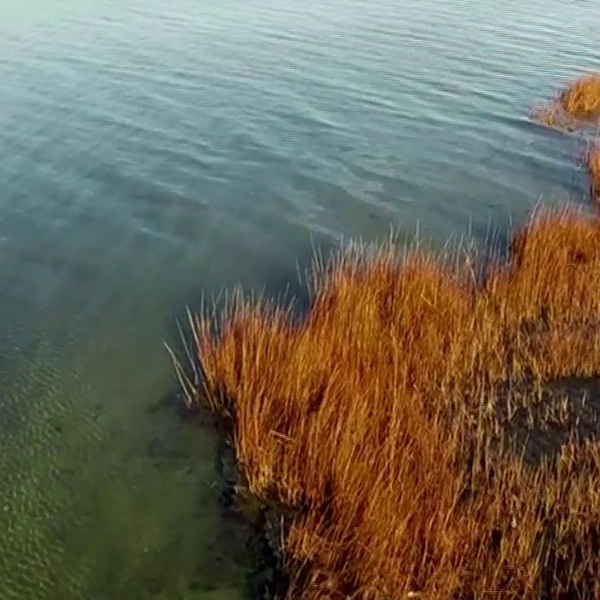The Bay

Virginia’s Chesapeake Bay,
Where Water is a Way of Life
History and Culture
Early settlers to this region were attracted by the abundant natural resources and easy navigation offered by the Chesapeake Bay and its Virginia rivers. The Bay is more than 35 million years old and since mankind’s arrival over 12,000 years ago, we have depended on it to supply Virginia’s seafood, economic benefits, water, and recreation. Affected by changing temperatures, sea level, geology, and development, the Bay tells a story of how the natural environment, exploration, demands on resources, advances in technologies, and human power can shape the health and livelihoods of the largest and most productive estuary in the U.S. Today, the Bay remains a place where much of the culture is dominated by the opportunities and resources the water provides.
Virginia’s Seafood
Our watermen (called fishermen in most other parts of the world) are ambassadors for Chesapeake Bay restoration. They depend on a healthy Chesapeake Bay more than any other economic sector. Seafood lovers understand the importance of protecting the watermen’s way of life. These hard-working men and women bring fresh, local seafood from Bay to your table. Everything from our world-famous blue crabs and oysters to a wide variety of fish, including rockfish, bluefish, flounder, croaker, speckled trout, and drum call the Bay home. For centuries, watermen have made a living on the Bay by catching, growing, and providing seafood to consumers around the world. However, over the last few decades, watermen are increasingly becoming an endangered species in need of their own protection.
In 1972, there were over 8,000 working watermen in Virginia. Although today approximately 3,000 Virginian’s consider themselves commercial watermen, less than half are able to work full-time in this business. Each year fewer and fewer are able to make a living on the water because of declines in water quality and fluctuating populations of fish, crabs, and oysters. This program helps preserve their traditions and provides another option for working on the water.
Experience Virginia’s Seafood First-hand on a Seafood Tasting Tour

Chesapeake Wildlife
Wildlife lovers and nature photographers couldn’t ask for a better setting. Virginia has some of the most beautiful, natural shorelines and wetlands in the world. Virginia’s coastal area hosts dolphins, whales, sea turtles, sea otters, seahorses, raptors, waterfowl, more than 300 types of finfish, and over 2700 plant species.

Keeping it Unique and Healthy
Winding Rivers! Deep Forest! Lush Marshland! Scenic Shorelines! Open Water!
Chesapeake Bay is the largest estuary in the U.S. and the 3rd largest in the world! An approximately 64,000 square mile area covering 6 states makes up the Bay’s massive watershed. Over 150 major rivers flow into the Bay from all directions. From the mighty Susquehanna River to small tributaries, these fresh water rivers greatly influence the Bay’s conditions, health, and habitat. The Bay is also influenced by many factors along its 12,000-mile shoreline, from precipitation to human activity to tidal cycles. Regardless of how you look at it, the Bay is a dynamic and extremely unique and special place.